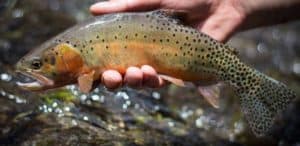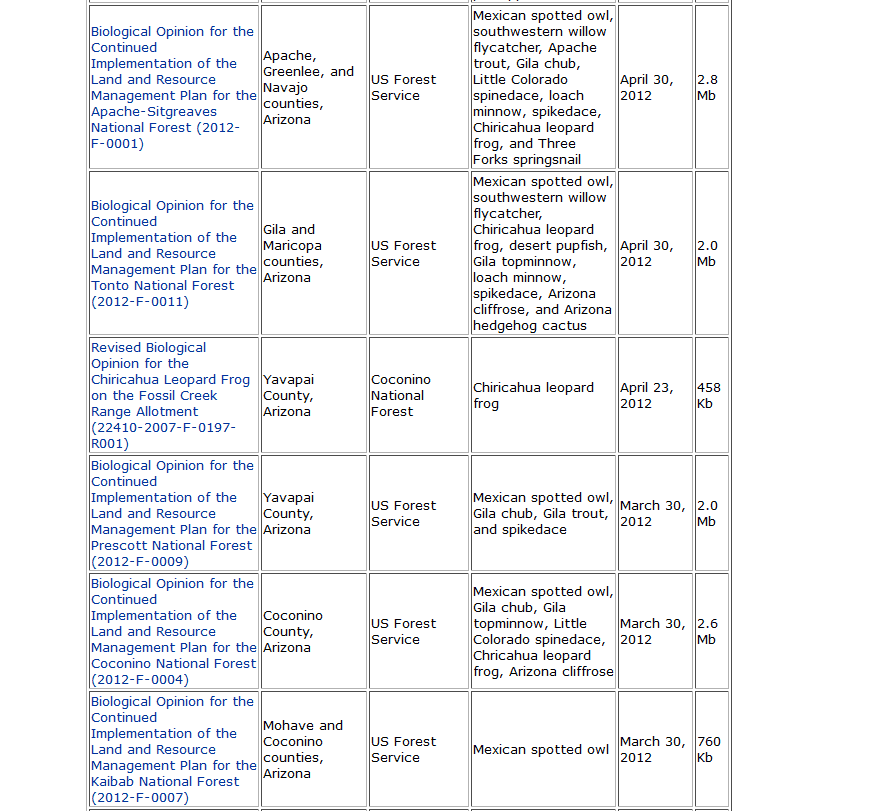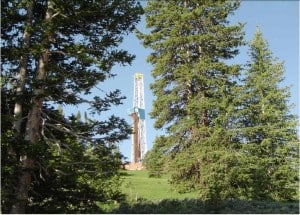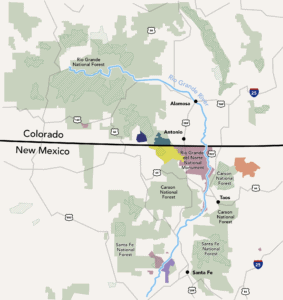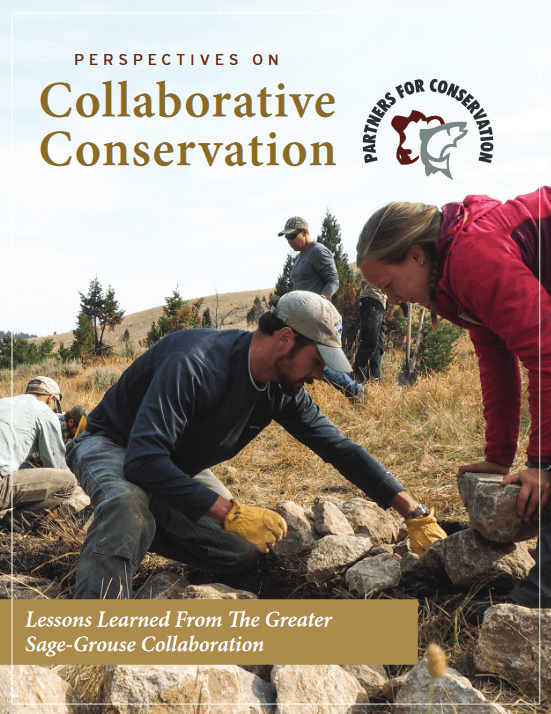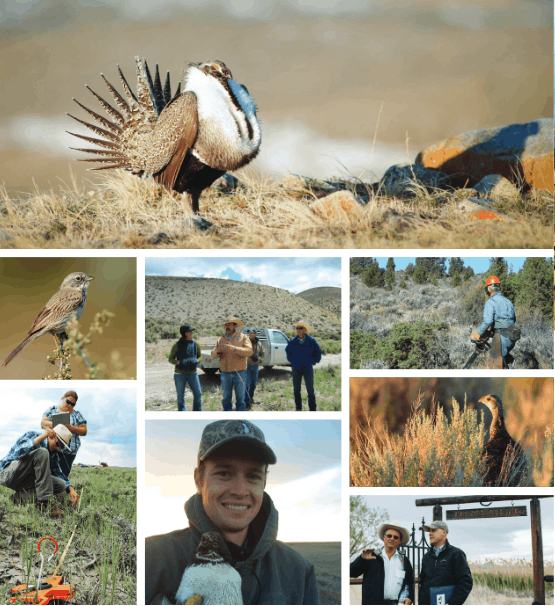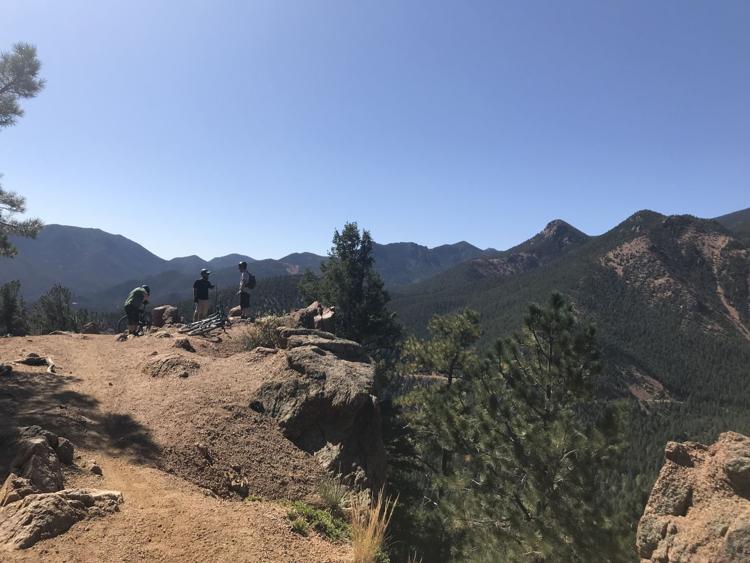
Seth Boster of the Colorado Springs Gazette wrote this piece on another Cutthroat Trout/CBD Lawsuit story. What is really interesting to me is that he interviewed:
The District Ranger, the USFWS Biologist, the Plaintiff’s Attorney and the FS fish bio, who strike me as the main actors in the story thus far. I’m glad that the biologists and the Ranger were allowed to speak to the press and give their side of the story.
Bottom line: case seems to be currently based on FWS documentation. Similar to the Rio Grande cutthroat we’ve been discussing, but definitely at the micro scale.
Also: “there have been indications that maybe it wasn’t built up to the standard of some groups’ interest” hence the lawsuit. This seems to be an example of disagreements about design and location of a trail while protecting fish (originally introduced to that place by humans, but now having legal status). I like how Townsend says “we need to make sure the trail is situated in a safe way.” This makes clear that the lawsuit is a tool to achieve a specific on-the-ground outcome.
“They raised concerns with how Trail 667 came to be on the north side of Kineo Mountain. The plan previously was to build on the south side, before machines encountered blocks, as Pikes Peak District Ranger Oscar Martinez explained to stakeholders in an August 2016 meeting.
The center claims documentation is missing to show how the Forest Service coordinated the late change with the U.S. Fish and Wildlife Service. In reading the notice, “I was thinking that perhaps the Center for Biological Diversity may not have been aware that the reinitiation on the consultation had already occurred,” Leslie Ellwood, the Fish and Wildlife biologist assigned to Bear Creek, told The Gazette in a phone call. “It seemed like a reinitiation should happen, when in fact one already had happened quite a while ago.”
A letter would confirm this, she said — a response approving the Forest Service’s direction. A Gazette request for that letter had yet to be met on Thursday.
“The way I would characterize is, I think there’s a schism,” Martinez said late Wednesday at the roundtable meeting. “Did we consult (Fish and Wildlife)? The answer is yes.”
To attendees’ questions of how the Forest Service would respond to the center, Martinez hesitated.
“I’m not gonna lay out all my legal cards here,” he said. “Do I think we followed the process to do the right thing relative to those concerns? The answer is yes. Will we continue to work with them to address those concerns? The answer is yes.”
He said he expected the center would hear back from his office in two weeks.
“If we do see evidence of consultation, it may change the immediacy of us filing a lawsuit,” center attorney Margaret Townsend said. “But we need to make sure the trail is situated in a safe way, and there have been indications that maybe it wasn’t built up to the standard of some groups’ interest.”
She added: “There may be new information that the Forest Service and Fish and Wildlife need to consider.”
Observers have criticized the sustainability of Trail 667, which they say is showing signs of wear and tear. One of them is Allyn Kratz, president of the local chapter of Trout Unlimited.
On Wednesday, he asked about “ravines” he said he had noticed along the trail, threatening to cause washouts in the stream.
“We did not observe any locations of concern along the trail,” said Janelle Valladaras, the Forest Service’s fisheries biologist. She said the team took “a critical eye” to 667 in early October after the center’s notice.
Townsend, based in Portland, Ore., said she was in the Springs this week to scout the site, but snow got in the way of those plans.
“We’re doing our due diligence to make sure we’re getting all the information and evidence necessary,” she said. “If all the evidence suggests the trail is safe and situated in such a way that the fish will thrive and folks can keep enjoying themselves as they have been, then there’s no reason to file a lawsuit.”
